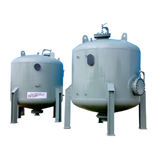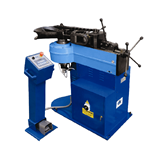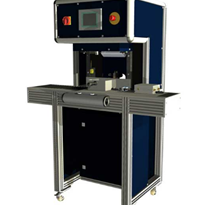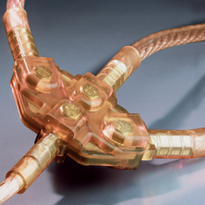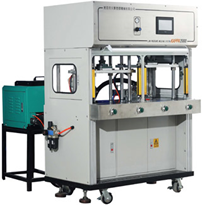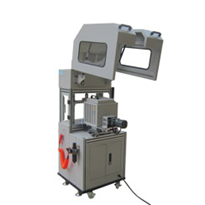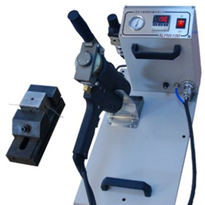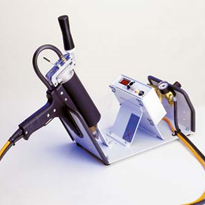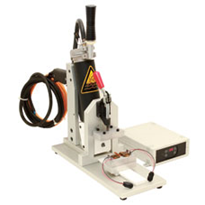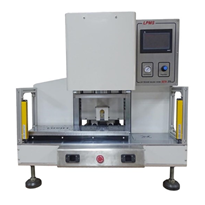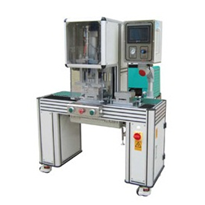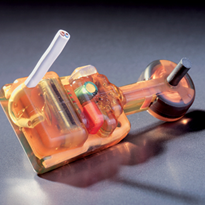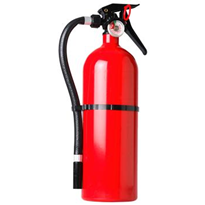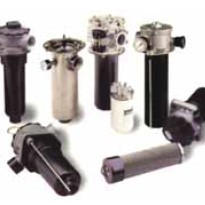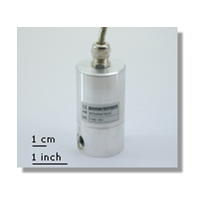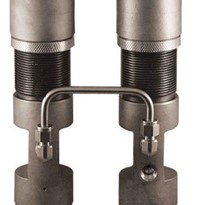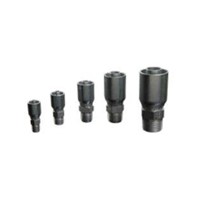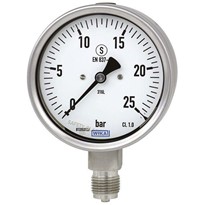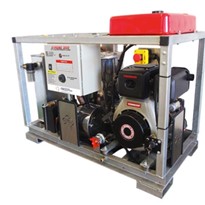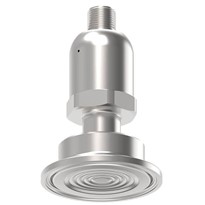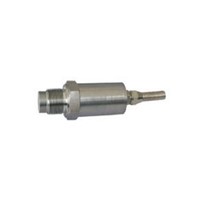Materials
Moldsets for low-pressure molding are normally manufactured from 7075 Aluminum. The polyamide molding materials are non-abrasive. This combined with the low injection pressures results in negligible wear on the moldset. Aluminum is cost effective to machine. It is excellent at dissipating heat resulting in shorter cycle times. High wear areas where components are inserted should have steel inserts. Moldsets for very high production rates can be manufactured from P-20 material or any other conventional tool steel.
Dimensions
Please refer to specific drawings for the different machines. Moldset guides shall be approximately 35 mm long with 6 mm long tapered lead. (1.5" long with ¼" long tapered lead). Two different diameters shall be used such as 9 mm and 10 mm respectively.
Cavity design
The design and surface texturing of the individual moldset cavities follow conventional mold making guidelines. It is important to position the parting line so that the molded components stay in the lower mold half, when the moldset is opened. This may require a stepped parting line for some applications. It is often possible to avoid the use of locating pins as the low-pressure fill of the cavity is unlikely to dislocate components. When circuit boards are over-molded, these can be positioned by locating pins if necessary.
For some applications where holes from locating pins are unacceptable in the molded parts, a two-step over-mold should be considered. One side/portion of the component is over-molded first, then the other side/portion. These moldsets will have two different cavities and components are moved from the first to the second cavity for completion.
Venting
The air vents should be 0.05 mm (0.002") deep and up to 2.5 mm (0.1") wide. Larger parts will require several air vents from each cavity. The vents should generally be located at the top of the cavity opposite to the gate. For components that protrude more than 1/4" above the parting-line, use inserts or stepped parting line to allow for venting from top of cavity.
Shut offs
When shutting off around cables and wires, guides are required to facilitate positioning of the components. Shut-offs around wires and cables shall normally be in the parting line. Shut off around wires is normally 6 to 8 mm long and around cables 8 to 12 mm long. Wire/cable guides are often best made as a trough, which is two cable diameters deep and positioned "outboards" to the actual shut off.
Use steel inserts for shutting off around steel components, such as connectors.
Runners and gates
The polyamide materials can contract some 10% when they go from liquid to solid state. It is critical that the runner / gate system allows packing of material during this phase change.
The runners shall be slightly oval to release easier. Typical runner is made with 6 mm (1/4") ball end mill 2.7 mm (0.106") deep in each mold half.
Normal gate to be 1.5 to 2.0 mm diameter by 0.5 mm long (60 to 80 thou round by 30 thou long).
Gates should taper towards the runner to ensure that gate stays on runner after removal.
Ejector systems
Most production moldsets utilize ejector systems. The design follows conventional guidelines: Guide-pins and ejector-pins are sandwiched in between a base plate and a retainer plate. This sandwiched arrangement slides on shoulder bolts with return springs. Typical ejector stroke ranges from 3 to 10 mm depending on the application. Refer to moldset drawings for center of machine ejector system.
Cooling
Moldsets for Moldman™ machines do not require any cross drilling for cooling. The Aluminum mold platens are prepared for water cooling via an auxiliary chiller.
Release agent
Release agent is required for the moldsets. A new moldset may require application of this release agent several times hourly or daily.
Information sourced from Moldman Technologies.
For more infromation please call or email use for a direct reply.


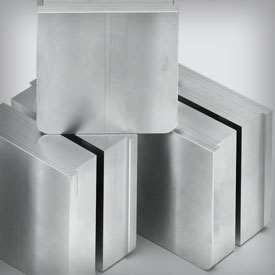


-160x160-state_article-rel-cat.png)








-160x160-state_article-rel-cat.png)



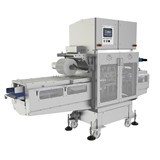
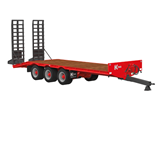

-160x160-state_article-rel-cat.png)


